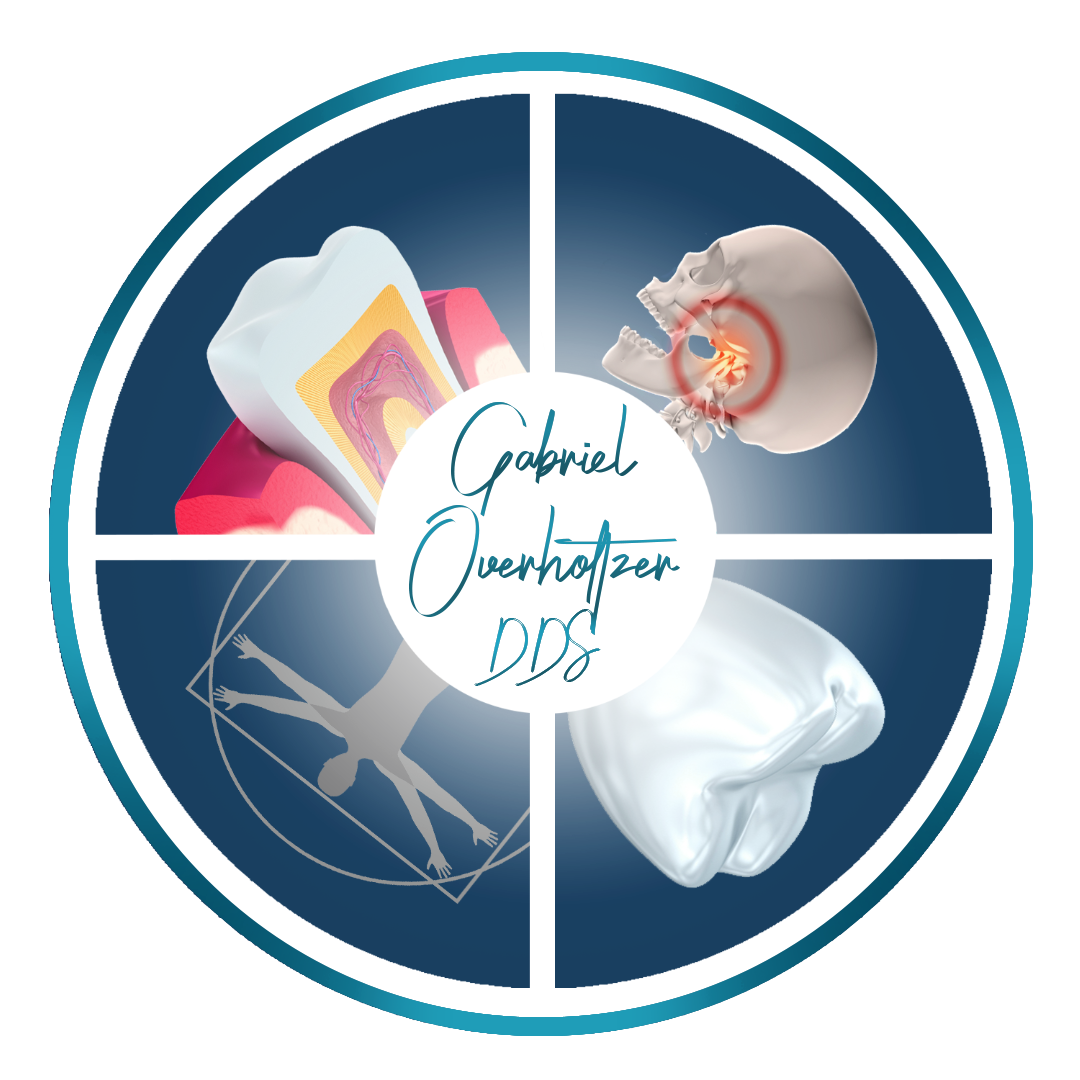Sleep apnea is a common sleep disorder characterized by the interruption of breathing during sleep. While treatments often include devices like Continuous Positive Airway Pressure (CPAP) machines and surgical options, behavioral therapies have emerged as valuable non-invasive approaches to managing and even alleviating sleep apnea. In this article, we will explore the role of behavioral therapies in treating sleep apnea.
Lifestyle Modifications
One of the foundational aspects of behavioral therapy for sleep apnea is making lifestyle modifications. These changes may include weight loss through a combination of diet and exercise. Obesity is a significant risk factor for sleep apnea, and losing weight can lead to a reduction in the severity of the condition. Additionally, individuals are often advised to avoid alcohol and sedatives, as they can relax the throat muscles and worsen sleep apnea symptoms.
Positional Therapy
Positional therapy focuses on changing the sleeping position to improve airflow during sleep. Many individuals experience sleep apnea symptoms more severely when sleeping on their back. To address this, patients are encouraged to sleep on their sides. Special pillows and positional devices can help maintain a side-sleeping position and reduce the frequency and severity of sleep apnea episodes.
Oral Appliances
Oral appliances, also known as mandibular advancement devices, are another non-invasive approach to treat sleep apnea. These devices are custom-fitted by a dentist or orthodontist and work by repositioning the lower jaw and tongue to keep the airway open during sleep. They are particularly useful for individuals with mild to moderate sleep apnea or those who cannot tolerate a CPAP machine.
Cognitive Behavioral Therapy (CBT)
Cognitive Behavioral Therapy (CBT) can help individuals address the psychological aspects of sleep apnea. It focuses on changing thought patterns and behaviors that may contribute to the condition. CBT can be beneficial for managing anxiety and depression, which are often comorbid with sleep apnea and can worsen symptoms. It can also help with establishing better sleep habits and reducing insomnia, which is often associated with sleep apnea.
Inspire Therapy
Inspire therapy is a more recent advancement in the treatment of sleep apnea. It is a surgically implanted device that stimulates the hypoglossal nerve to prevent airway collapse during sleep. While it involves a surgical procedure, it is considered a non-invasive option because it does not require a mask, tubing, or airflow like the CPAP machine.
Lifestyle and Sleep Education
Education is a crucial component of behavioral therapies for sleep apnea. Individuals are taught about the disorder, its risk factors, and the importance of good sleep hygiene. Learning about the potential health consequences of untreated sleep apnea, such as heart disease and diabetes, can serve as motivation for adherence to therapy and lifestyle changes.
Conclusion
Behavioral therapies have become a vital part of the multifaceted approach to managing sleep apnea in Bishop CA or anywhere else. They offer non-invasive alternatives to traditional treatments like CPAP machines and surgery. By making lifestyle modifications, using positional therapy, incorporating oral appliances, engaging in cognitive behavioral therapy, considering Inspire therapy, and receiving education, individuals with sleep apnea can significantly improve their quality of life and mitigate the impact of this sleep disorder.
It’s essential to remember that the effectiveness of behavioral therapies may vary from person to person, and some individuals may require a combination of treatments for optimal results. Consulting with a healthcare provider or sleep specialist is crucial to determine the most suitable approach for each individual’s unique situation.
